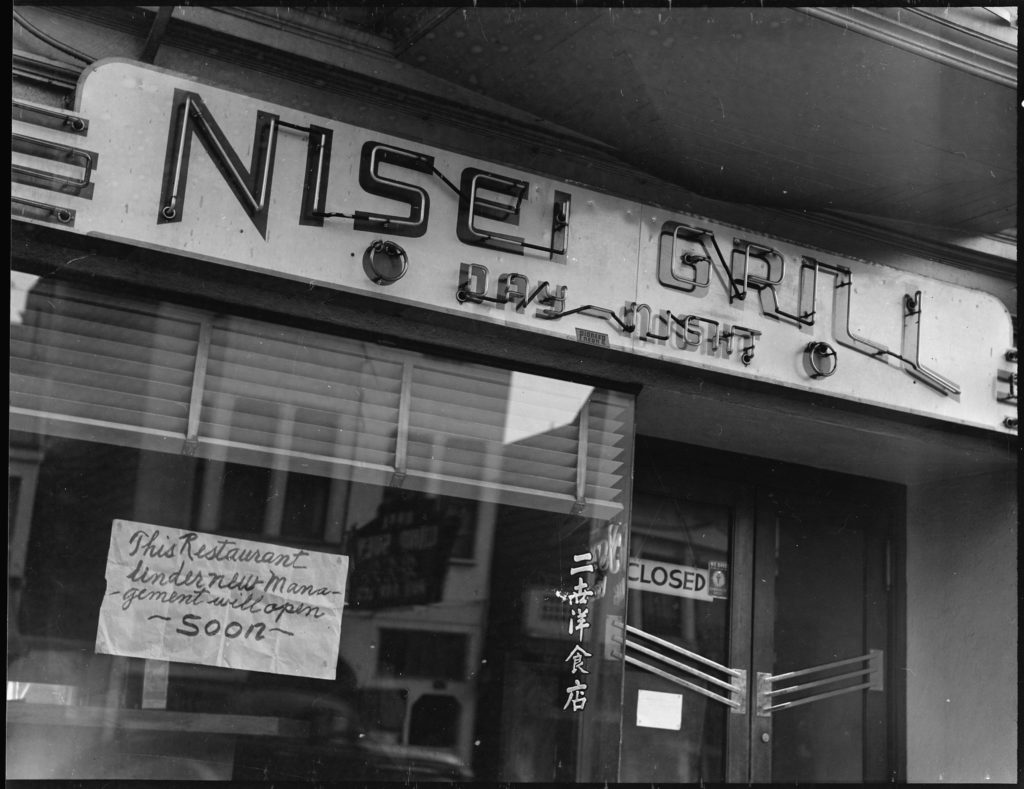Every few months, I rummage through my boxes of books looking for a specific volume. I usually come out with several books to reread, which is what happened last year (even though I didn’t find the book I was searching for).
This photo book takes a journey through North America, photographing the food and waitresses (all women) along his extended road trip, taken over three separate legs.
The early 2000s was a tenuous time, having just dealt with the upheaval of 9/11 and the Iraq war. But our lives had not been infected by the smartphone and its ubiquitous internet in the pocket.
As such, Stephan foretold the incoming future. He just barely beat the trend of uploading sexy photographs of one’s meal and sharing it with the digital world.
Not that he was searching for sexy. It’s a damn shame to travel 13,000 miles in a big loop around this large continent and just eat diner food. But that’s what he signed up to do.
Sixteen years after publication, reading the book felt like entering a time capsule. Twice. Both for my initial page turn and slowly reviewing each photograph over the period of a week, reliving communal scenes from my early adulthood.
As a fan of shoddy diners, the settings are intimately familiar. However, it is strange to think that I am now older than many of the ladies whose portraits are frozen in time. I wonder what they are doing these days. I wonder if they ever ponder what happened to that strange photographer who took a portrait of the meal and of them, almost two decades ago.
After a while, it felt a bit voyeuristic (especially since the German edition is titled “Cuties and Calories”). Even so, I’ll posit this is a good book. It was definitely a great deal as a deeply discounted remainder item at Half Price Books, even worth moving across the continent for its own road trip from Houston to Las Vegas.
The book is an interesting concept, a well-executed portrait of our nation. Well worth a read.
